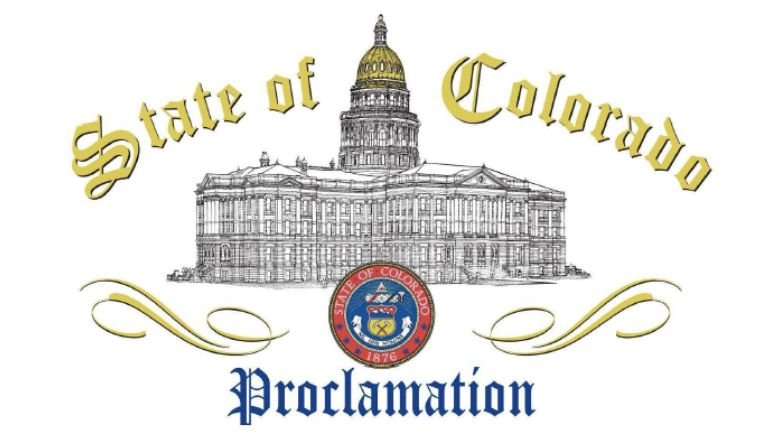A drug test is just one piece of the puzzle
Professionals in child welfare, child maltreatment prevention, prenatal and neonatal care need to collaborate to improve support for families impacted by substance use disorders prior to the birth of a new baby and during those first years of a child’s life.
Working together across sectors to strengthen families impacted by substance use means that it is critical that caseworkers and supervisors alike know how to read toxicology results, decipher symptoms related to substance use and know how substance use may or may not impact someone’s ability to parent children of all ages. This can be complicated and overwhelming. A Toxicology Resource Guide was developed to support Colorado child welfare professionals in understanding substances, possible effects and the utility and application of toxicology testing to enhance practice.
Accidental drug overdose is one of the leading causes of maternal death in Colorado [1], and a woman’s risk for overdose is highest at 7-12 months postpartum [2]. However, fear of losing custody of your child, stigma and lack of appropriate treatment options for parents are real challenges for families in Colorado. We need to work together to keep families together and support healthy kids.
Recent legislative changes have underscored the fact that substance use may or may not impact someone’s ability to care for a child, mandatory reporters in health care settings are still encouraged to refer a family to support from child protective services by reporting concerns to the Colorado Child Abuse and Neglect Hotline 844 -CO-4-Kids if they have a concern. These legislative changes to the Children’s Code in 2020 as a result of SB20-028 Substance Use Disorder Recovery included:
- de-emphasized the focus on a test,
- removed the references to the federal schedule of substances,
- elevated impacts to the child as the main consideration, and
- advanced a two-generation approach to keep parents and their children together during treatment.
Only around 4% of referrals to county departments of human/social in 2019 contain allegations of a substance-exposed newborn, according to the Colorado Department of Human Services. However, most referrals to the Colorado child welfare system related to substance use are for children under the age of one month old [3]. The experiences of children who have been involved in a fatal, near-fatal and egregious incidents of child maltreatment also underscore the importance of working together to focus on supporting and engaging with families impacted by substance use. In 2019, 31 incidents were reviewed by the Colorado Department of Human Services Child Fatality Review Team (CFRT). Of the families involved in a fatal child maltreatment incident that met criteria for review by the CFRT, 63.6 percent of families had a history of substance abuse issues. It is important to note that some incidents do not have any of the stressors identified during the review process, while others will have more than one stressor identified, 45.4% percent of families were identified to have a history of domestic violence and history of mental health issues [4].
According to the Colorado Department of Human Services Division of Child Welfare, from August 2019 through May of 2020, 37% of referrals associated with substance-exposed newborns were not screened-in and 63% were screened-in by counties.
When the referral reason is substance-exposed newborn, the majority reported Marijuana (51%) as the substance used followed by methamphetamines (19%) and other opiates (8%). These ratios remained largely the same for cases that were subsequently screened-in with methamphetamines rising to 22%.
WATCH VIDEO
Dr. Sam Wang, one of the authors of the Toxicology Guide, talks about using the tool and why each drug, each patient and each case is different. There are no universal rules with drug testing, underscoring why child welfare caseworkers and supervisors should bookmark COToxGuide.org or download the e-book today.
Download the Toxicology Guide Fact Sheet to help promote this essential tool for child welfare professionals.
1. Metz et al. (2016). Maternal deaths from suicide and overdose in Colorado, 2004-2012. Obstetrics & Gynecology, 128(6), 1233-1240.
2. Schiff et al., (2018). Fatal and Nonfatal Overdose Among Pregnant and Postpartum Women in Massachusetts. Obstetrics & Gynecology, 132(2), 466-47
3 Oliveros, A., & Kaufman, J. (2011). Addressing substance abuse treatment needs of parents involved with the child welfare system. Child Welfare, 90(1), 25-41.
4 2019 Colorado Department of Human Services (CDHS) Child Fatality Review Annual Report
More Posts



